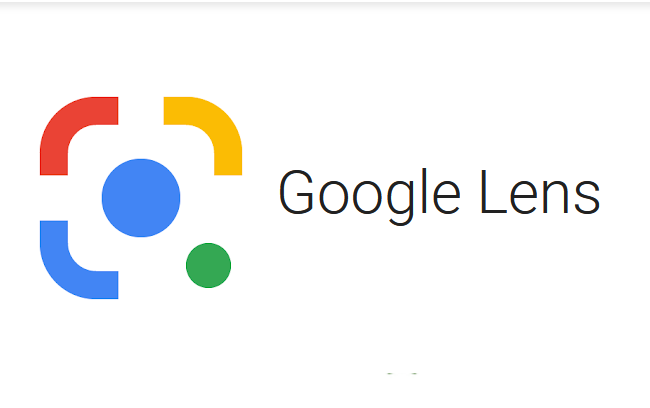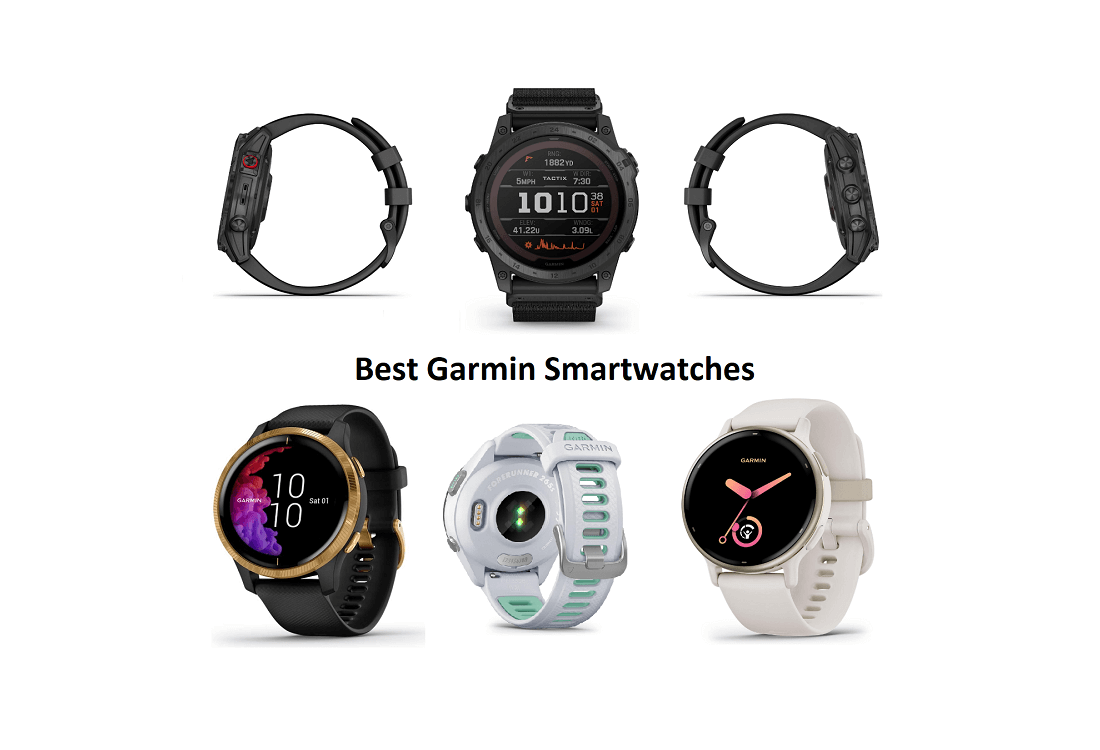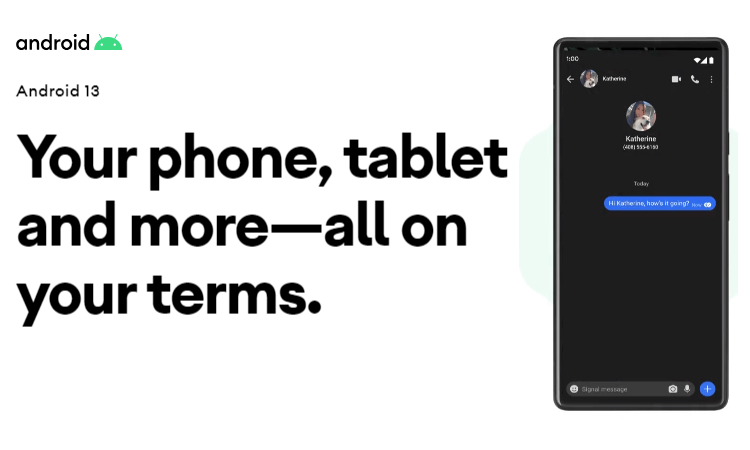What is Google Lens
Google Lens is a visual recognition tool developed by Google. It allows users to search and interact with the world around them using their smartphone’s camera. Essentially, Google Lens enables your camera to “see” and understand what it’s looking at, providing contextual information and actions based on what it identifies.

How Google Lens Works
Google Lens works by using a combination of machine learning, computer vision, and natural language processing techniques. Here’s a simplified explanation of how it works:
Image Capture
When you open Google Lens and point your device’s camera at an object, it captures a live image or a still photo.
Image Processing
The captured image is then processed by complex algorithms that break it down into smaller, manageable pieces.
Feature Extraction
Google Lens identifies key features in the image. These features could be shapes, colors, textures, and other visual elements.
Pattern Recognition
It compares these features to a vast database of pre-trained visual patterns. This database contains a wide range of objects, landmarks, text styles, and more.
Classification and Analysis
Based on the matched patterns, Google Lens tries to classify and analyze the object. It might recognize it as a specific type of flower, a particular breed of dog, a famous landmark, or even text.
Recognition of Text
If there’s text in the image, Google Lens uses Optical Character Recognition (OCR) to convert the text into a digital format that can be understood by the device.
Information Retrieval
After identifying the object or extracting the text,b Lens retrieves relevant information from various sources on the internet. This information could include details about the object, related websites, product listings, translations, and more.
Display of Results
The results are then displayed on the screen of your device in a user-friendly format. This could include text overlays, clickable links, related images, and more.
User Interaction
Depending on the context, the user can interact with the results. For example, if it recognizes a product, it might offer options to buy it online. If it identifies text, it might offer options to copy it, translate it, or search for related information.
Continuous Learning
Google Lens is designed to continuously learn and improve. As more people use it and provide feedback, Google can refine its algorithms and expand its database of recognized objects.

Features of Google Lens
Here are some of the key features and functions of Google Lens:
Object Recognition:
Google Lens can identify objects in real time. For example, you can point your phone’s camera at a flower, and it will try to tell you the type of flower it is.
Text Recognition
It can extract and convert text from images. This is useful for tasks like copying down information from a physical document or translating text from one language to another.
Landmark Recognition
If you point it at a famous landmark, it can provide information about it. This could include historical details, nearby attractions, and more.
Barcode and QR Code Scanning
Google Lens can scan barcodes and QR codes to provide information about products, websites, or other digital content.
Translate Text
It can translate text from one language to another in real time. You can point your camera at a sign or document, and it will overlay the translated text.
Shopping and Product Information
When you point it at a product, it can show you where to buy it online and provide reviews and pricing information.
Copy and Paste the Text
You can use Google Lens to copy text from a physical document and paste it into a digital format.
Solve Math Problems
It can help solve mathematical problems by recognizing and providing solutions to equations.
Virtual Search
If you’re interested in a particular object in a photo, Google Lens can search for similar items online.
Interactive Maps
You can point it at a street sign, and it can provide you with information about the area, such as nearby restaurants, businesses, and more.

Google Lens is integrated into various Google services and apps, including the Google Photos app and the Google Assistant. It’s available for both Android and iOS devices.
Keep in mind that the capabilities and features of Google Lens may evolve over time as Google continues to improve and update the technology.
Conclusion
In conclusion, Google Lens represents a groundbreaking advancement in visual recognition technology. This powerful tool harnesses the capabilities of machine learning, computer vision, and natural language processing to provide users with a seamless bridge between the physical and digital worlds. By simply pointing a smartphone camera at objects, text, or landmarks, It empowers users with a wealth of information and functionality.
From instant object identification to text extraction and translation, Google Lens opens up a world of possibilities for users across various contexts. Whether it’s solving mathematical equations, shopping for products, or exploring unfamiliar locales, this tool serves as a versatile companion, enhancing everyday experiences.
Moreover, Google Lens is continually evolving, with updates and improvements expanding its recognition capabilities and refining its accuracy. As a result, it remains at the forefront of visual search technology, setting a new standard for user interaction with the world through mobile devices.
In essence, Google Lens not only revolutionizes the way we engage with our surroundings but also exemplifies the potential of artificial intelligence to augment our daily lives. With its ever-expanding scope of applications, It stands as a testament to the boundless possibilities that emerge at the intersection of cutting-edge technology and human ingenuity.


